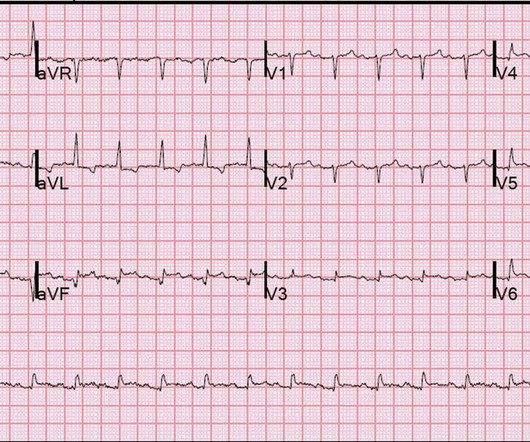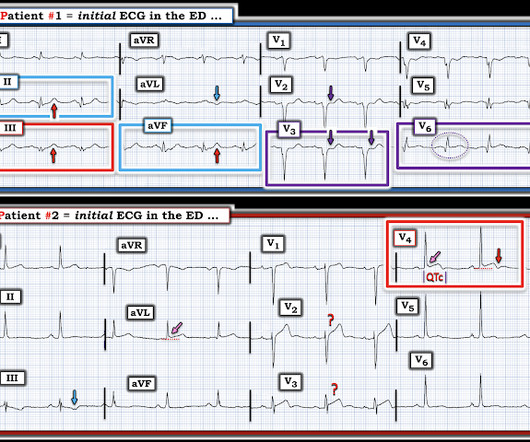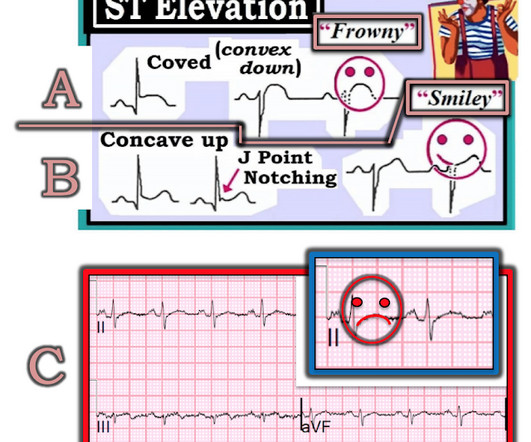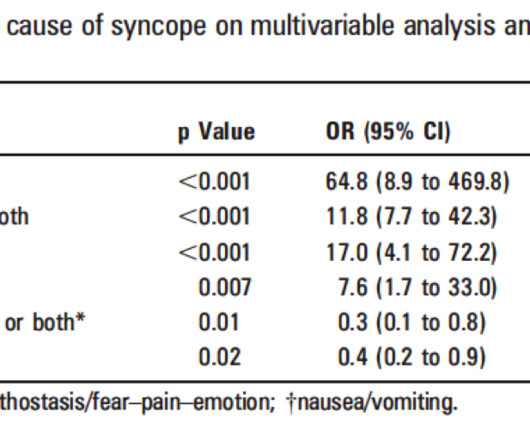A fascinating electrophysiology case. What is this wide complex tachycardia, and how best to manage it?
Dr. Smith's ECG Blog
JANUARY 9, 2024
She had a single chamber ICD/Pacemaker implanted several years prior due to ventricular tachycardia. Are you confident there is no ischemia? Answer : The ECG above shows a regular wide complex tachycardia. Said differently, the ECG shows a rather slow ventricular tachycardia with a 2:1 VA conduction. Is this: 1.
















Let's personalize your content